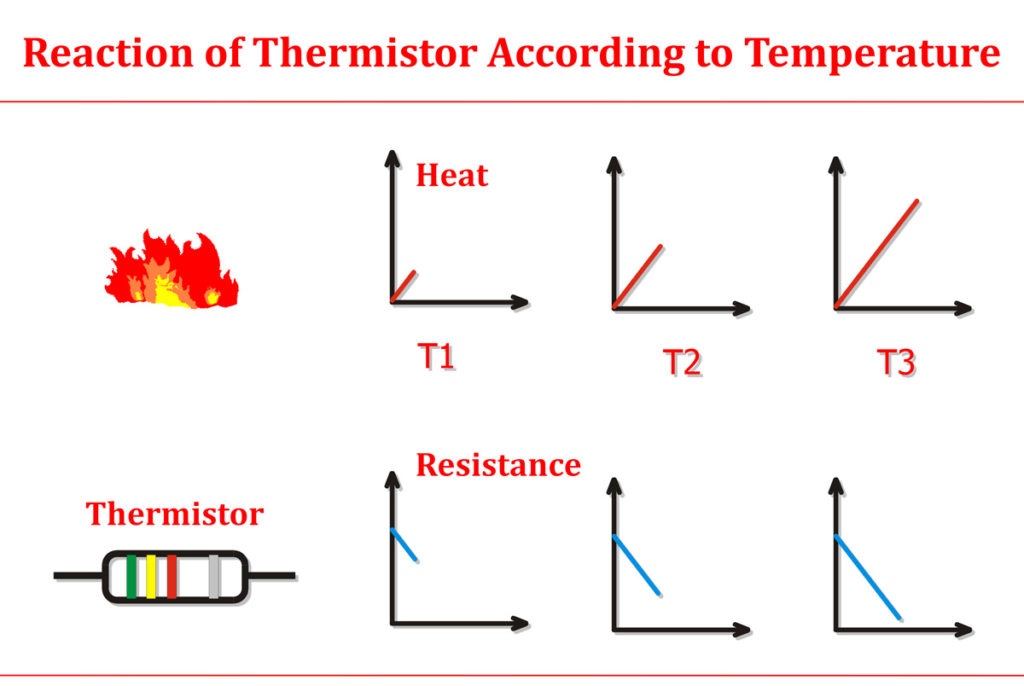Smoke detectors can not be used in places where there is vapour and dust because of their detection principle. Smoke detectors are triggered according to light obscured by micro-particles of smoke. When there is dust or vapour in the room, smoke detectors will give false alarm.
HOW HEAT DETECTORS WORK?
by İpek Yavuz KONAK
on 12 December 2017

Heat detectors are commonly used in places where smoke detectors are inadequate. They are frequently used in kitchens and parking garages. Since they are triggered by heat increase in the room, vapour or dust particles can not mislead heat detectors about fire alarm.

Detection Principle of Heat Detector
Heat detector’s detection mechanism is actually pretty simple. There is a thermistor which triggers fire alarm signal according to temperature of the environment. As the temperature increase, the resistance of thermistor decreases and heat detector gives fire alarm signal. There are two criteria for fire alarm: Heat detector gives fire alarm signal either thermistor detects 60°C or 30°C temperature increase in one minute.
